Painting over varnished paper
May 28, 2018 2025-02-09 18:10Painting over varnished paper
I am doing a lot of work on paper and like experimenting with techniques that are modifying a bit the texture and water resistance qualities of the paper.
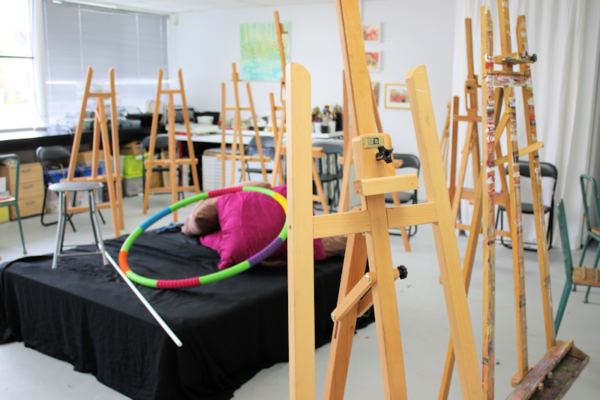
I like this technique, it allows you to make regular drawing paper water-resistant and behave a bit like yupo paper.
This technique has many advantages, first of all Yupo paper is not easily available everywhere, and can be a bit costly, secondly painting over your paper with varnish allows you to obtain a beautiful textural effects.
Here is how you can try that technique:
1- paint a layer of varnish on top of your drawing
I used Gamvar varnish for this experiment. Gamvar is a varnish that is suitable for both water based and oil based media, so it is convenient if you like to work in mixed media.
I am a Blick Art Materials affiliate and I receive a small compensation for sales. That does not effect in any way the cost of the purchaser’s order but it helps me keeping the content of this blog free.

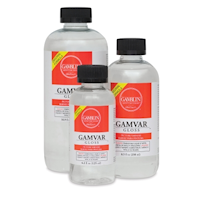 |
Gamblin Gamvar VarnishGamvar is a synthetic resin gloss varnish developed by conservators at the National Gallery. It can be used on acrylic paintings as well as oils. Gamvar is a synthetic resin varnish with a high refractive index similar to that of natural resins.
|
Once I painted over the paper, it made the paper a bit translucent at first, but that effect disappeared once the paper was dry.

My original drawing with varnish painted over.
Let the varnish dry overnight
2- Paint over the new varnished paper surface
Gamvar varnish won’t make the paper totally water resistant but you will get interesting textures on your washes.
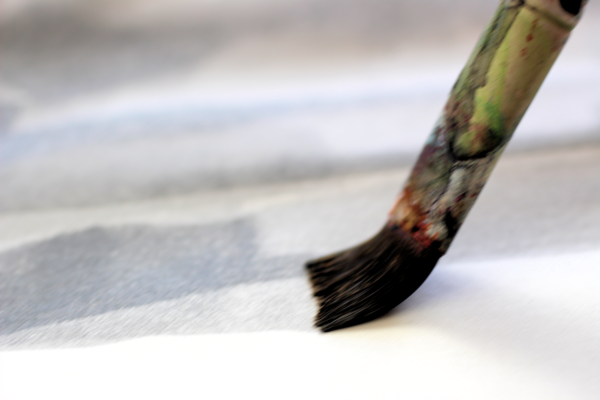
The next step was to apply a light wash of Indian ink over the varnished paper.
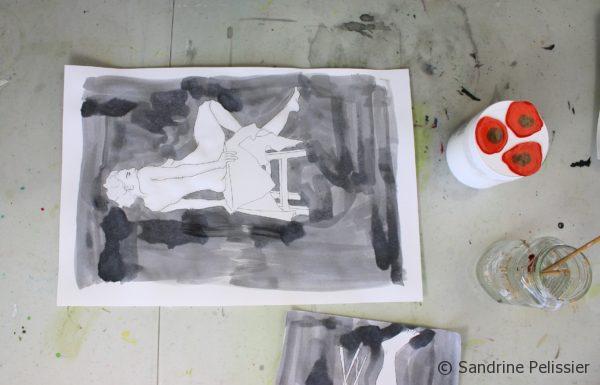
The new paper surface makes a wash dry with interesting textures.
3- Add patterns with a marker if you want to.
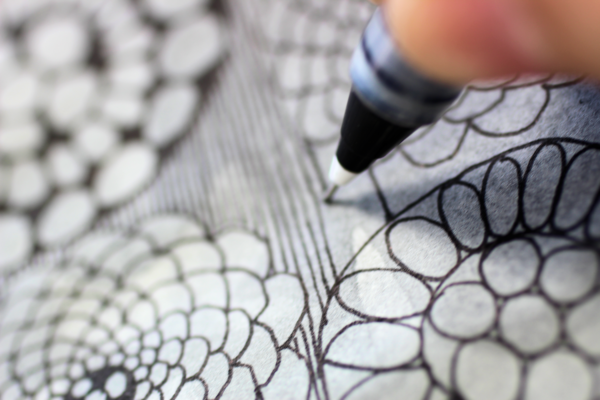
Here is a video showing me paint the wash and working on some of the patterns.



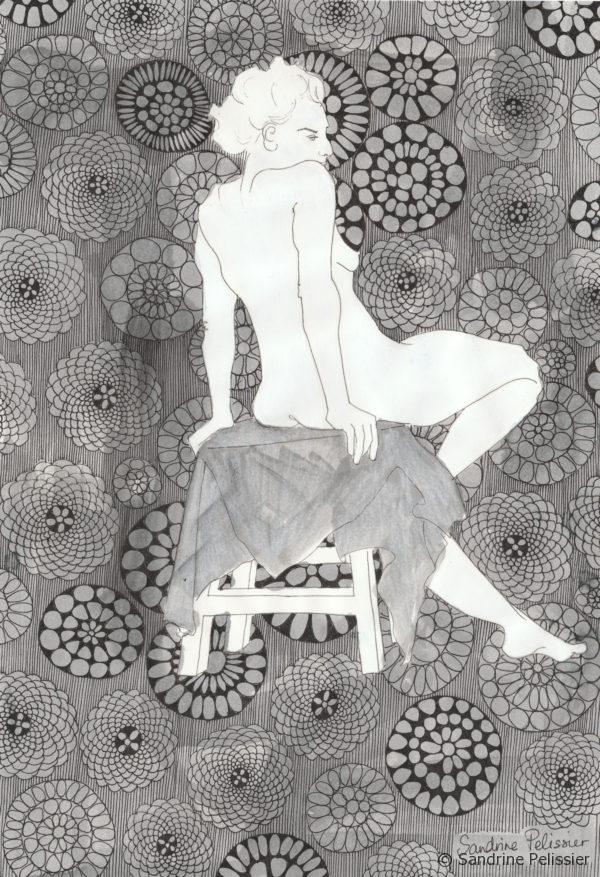
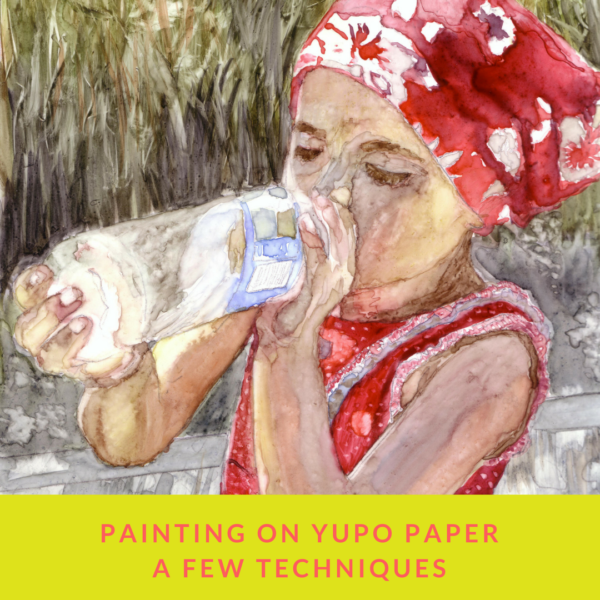
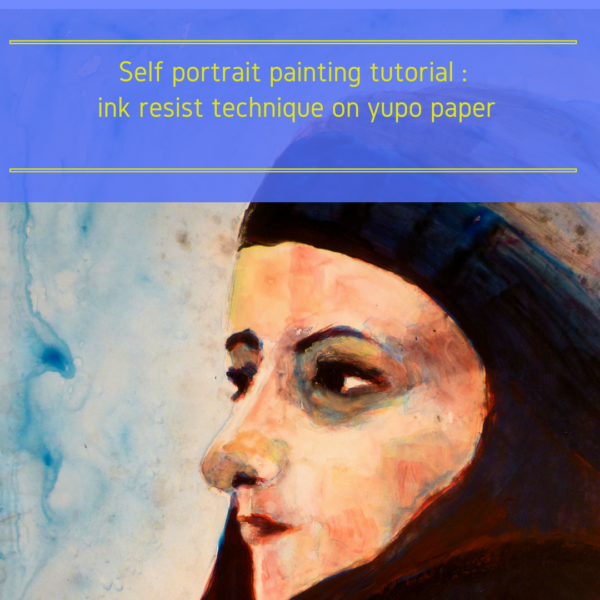
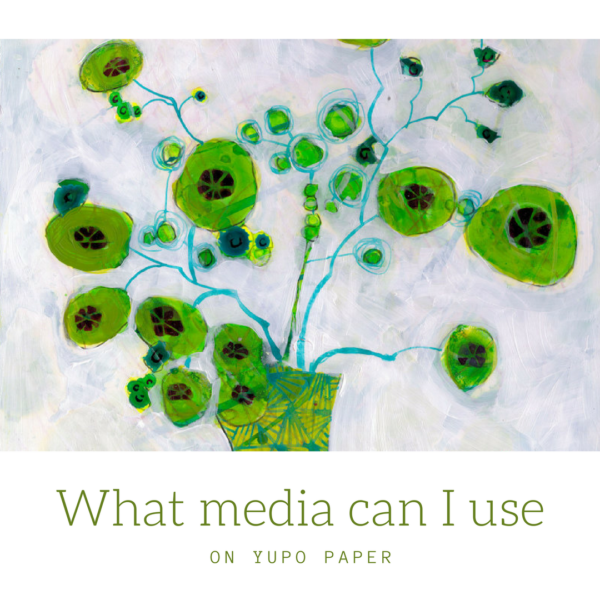
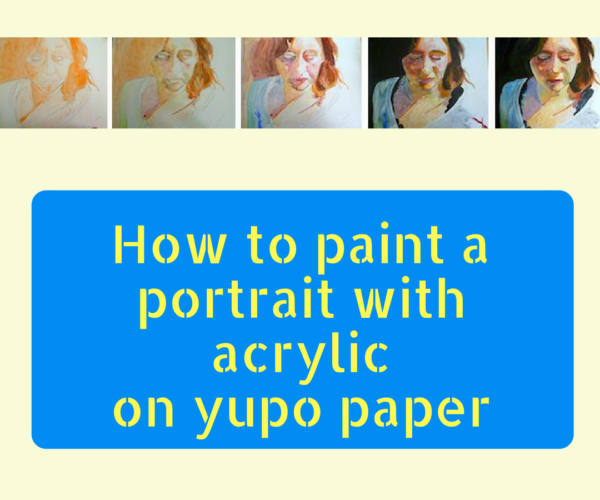

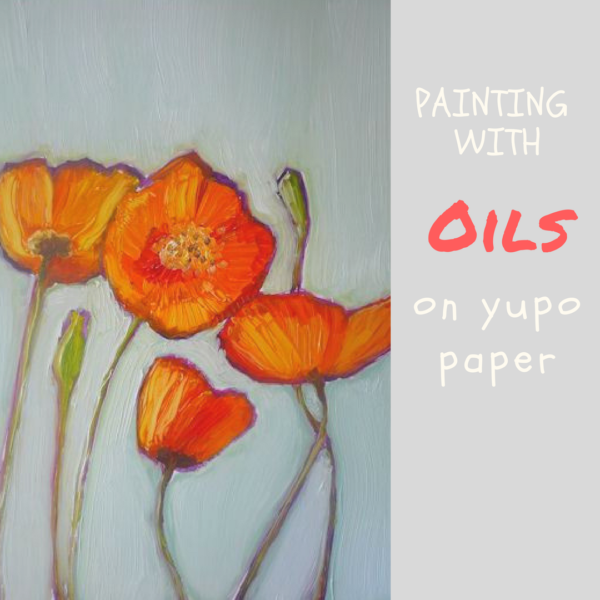
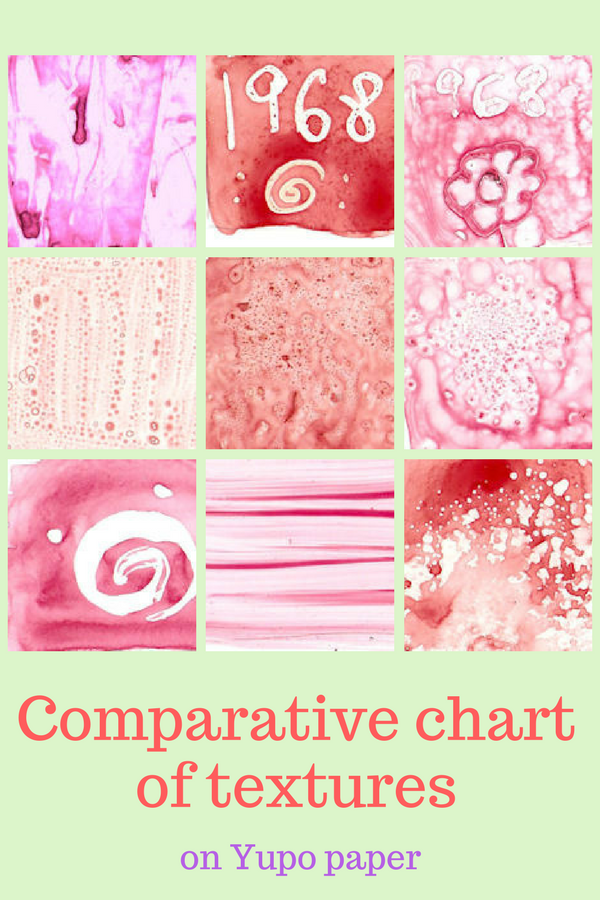

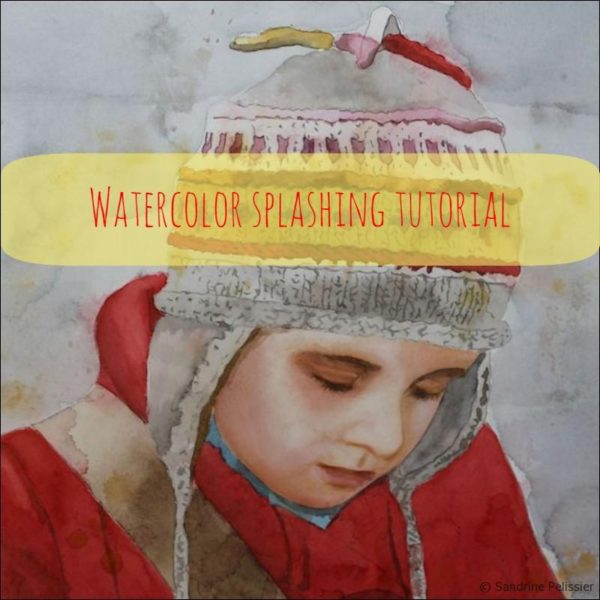
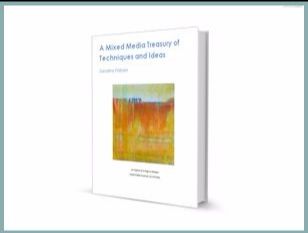

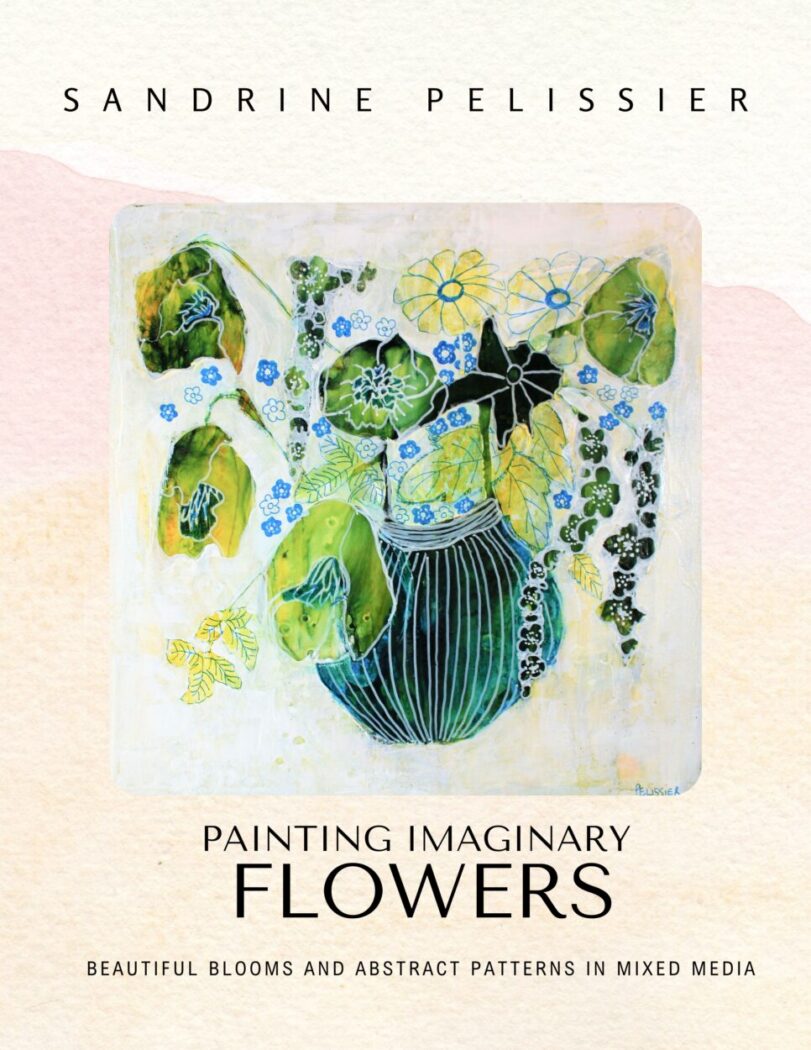
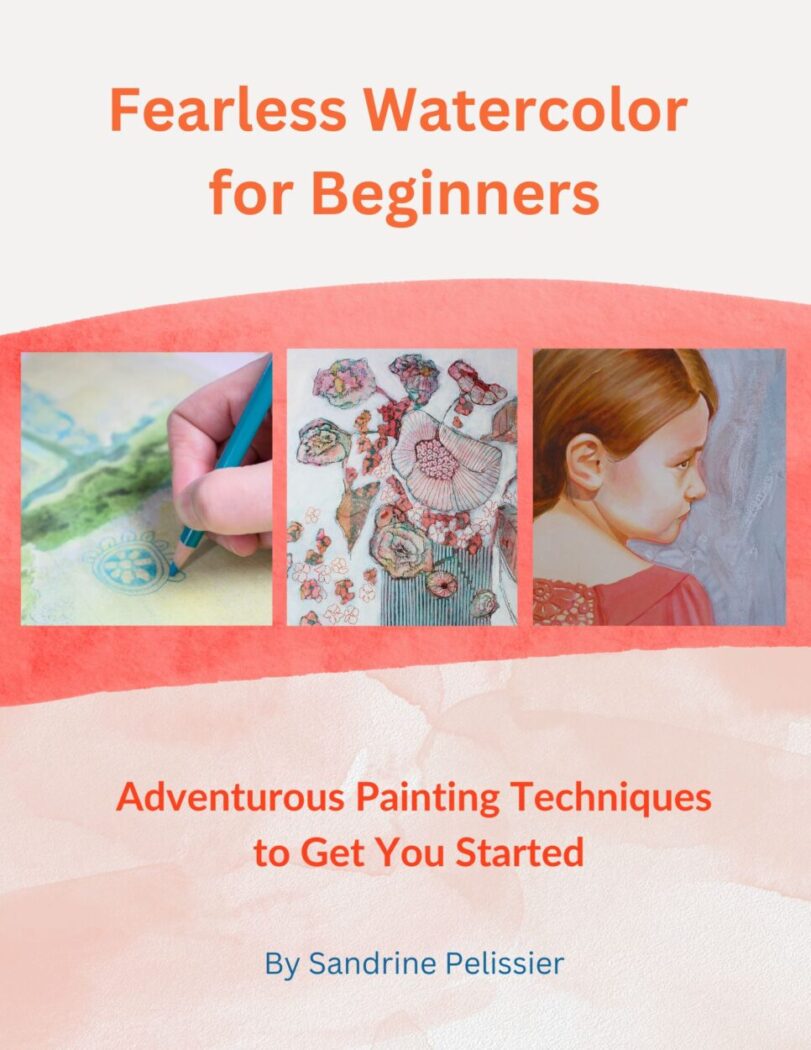

Comments (5)
Eileen
Hello Sandrine,
Working with paper is appealing. What kind of paper did you use? I am interested in finding more ways to create with papers.
There is an artist by the name of Annette Kearney who works with encaustic and paper in a unique way. If this is of interest to you would you kindly look at her work and let me know what you think she uses as far as paper and how she might create the shine.
I would appreciate any feedback.
Thank you.
Eileen
Sandrine
Thanks Eileen. I like to work with the regular drawing or mixed media paper I am using in life drawing class . In this case it was mixed media paper. I looked at Annette Kearney, I like her unique approach and being between sculpture and drawing. I saw she is using Mylar paper which is a bit like transparent shiny plastic but I would ask her directly though if you are wondering about her techniques, I am sure she will be happy to know you like her work:http://www.annettekearney.artspan.com/mbr_contact.php
Eileen
Thank you Sandrine. I want to thank you for your generosity in what you are sharing. I did send a couple of questions to Annette which there hasn’t been a response, so that Is why I reached out to you as an experienced artist familiar with different materials.
I would need to do an on line workshop. What I am looking for is to capture the sense of transparency. For example, Lynne Whipple had offered an online course called The Essence of Still Life. I am interested in the quirky sense of how the images are created and learning how to create the sense of transparency with color and light. To be able to bring these two aspects into whatever images I wish to create. That would be a current online workshop, so that I have interaction with the instructor.
Please let me know if you would teach such an online course.
Thank you again Sandrine.
Sandrine Pelissier
Hello Eileen. I don’t know a workshop that would be specific to creating transparency. More than the quality of the paper, I would say that transparency is obtained by layering of translucent colors. You can get that effect with fluid acrylic, watercolors or acrylic and medium. You can see watercolor examples of layering here: https://paintingdemos.com/the-trees-place-watercolor-triptych/ and here: https://paintingdemos.com/working-title-sophie/
Sandrine Pelissier
Hello Eileen. I don’t know a workshop that would be specific to creating transparency. More than the quality of the paper, I would say that transparency is obtained by layering of translucent colors. You can get that effect with fluid acrylic, watercolors or acrylic and medium. You can see watercolor examples of layering here: https://paintingdemos.com/the-trees-place-watercolor-triptych/ and here: https://paintingdemos.com/working-title-sophie/